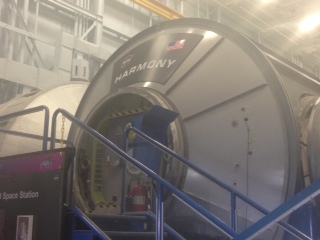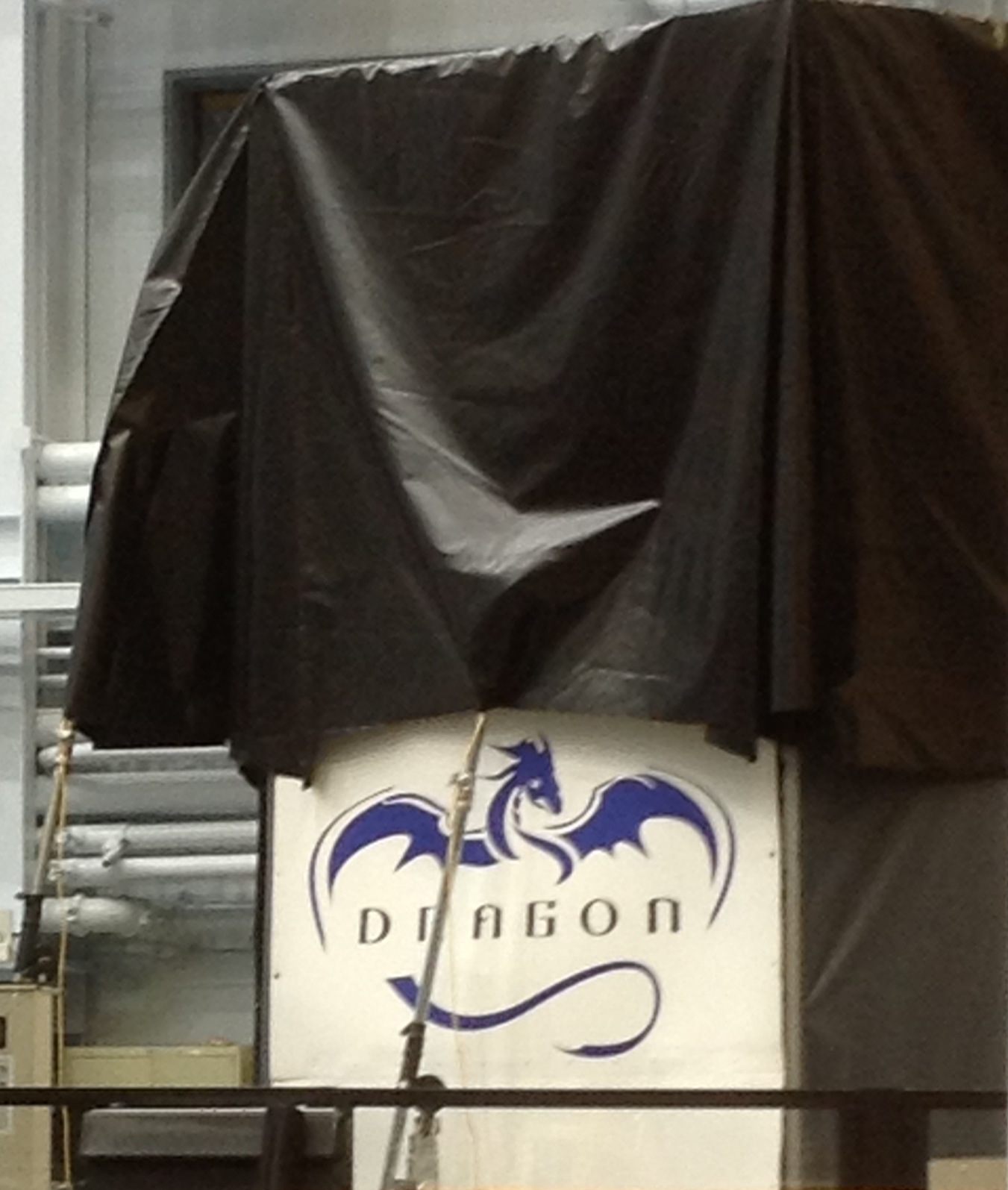NASA’s Johnson Space Center in Houston certainly has no shortage of cool toys, something our on-site Electronic Products writers can attest to, as they're there right now with Littelfuse’s Speed2Deign contest winners. While one definitely has to stop by mission control, there are few other stops in the facility that you should bookmark, like this one:

ISS Training Module
This is exterior of the training module for the International Space Station, where the lucky few train for their upcoming mission. The module includes a full-scale replica of the station, created with high fidelity so that the environment will be as close as possible to the conditions that the trainees will experience once actually in space. The module even provides replicated work and living spaces, complete with actual hardware and systems whose realism varies depending upon the equipment’s complexity. Trainees could be working with cardboard mock-ups with drawn-on instrument panels and switch to fully operational flight-like systems in the next breath. The ISS expedition crews primarily train inside the Destiny Lab replica, which contains six highly realistic training racks, caution and warning systems and light weight hatches.
While current astronauts and trainees work with this module and the real spacecraft associated with it, future NASA astronauts could be preparing for what should be your next stop:

Dragon Module project .
Called the Dragon module, this project should definitely be something you try to see. It’s possible you remember the craft from last year, when it made history for being the only commercial, as opposed to government-created, spacecraft to deliver cargo to the International Space Station and return safely. At the moment, Dragon only carries cargo—albeit a significant amount of it—to the ISS, but was designed by its creators SpaceX to carry both cargo and humans. The developments to allow the craft to safely carry a crew to the ISS are still under development, but Dragon is scheduled for its first manned test flight within 2-3 years from now.
Advertisement





